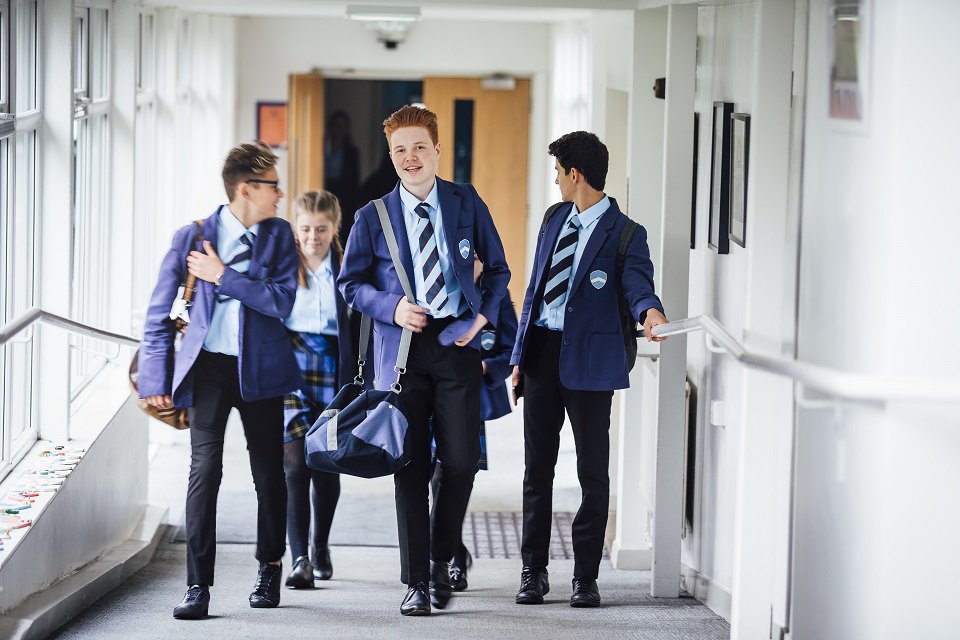In December 2017, the government launched a consultation on the future of children and young people’s mental health provision. Mental health problems affect 1 in 10 children and young people. We therefore need to engage them in the conversation about what we do to help improve the nation’s mental health.

In the lead up to the consultation we had the chance to work with the policy team to discuss how we could engage different key audiences in the policy. First step (as always) involved a lot of post-it notes.
We mapped out all of the different audiences who may be affected by the policy, which ranged from nursery-age children to clinical commissioning groups. These audiences were then grouped into different experiences:
- this affects me
- this affects someone I love/care for
- this affects my work
These 3 phrases helped shape the user-centred approach, starting with how the information about the policy would be presented. As a digital team we strive to make sure everything we share is in clear English to make our documents accessible to as many people as possible. The GDS guidance is that all GOV.UK content should be written for a 9-year-old reading age.
If you have never read a policy document before, you may be unaware of the detail and length that tends to be included. Heather (Content and Channels Manager) got to work on creating a quick read version of the policy document, Anna (Head of Content) created scripts for explainer videos, and I got stuck into website layouts.
Requirements of the website were:
- explain what the consultation is
- link to documentation
- make responding to the consultation as simple as possible
The videos were the most successful part of the process, with many respondents letting us know that they were able to understand what the policy was about from watching the short videos. The website was responsive and tested with screen readers. Being able to embed the consultation also helped us promote the consultation within stakeholder websites.
We had over 2,000 responses to the consultation, with 52.6% satisfied with the digital consultation experience and 20.84% very satisfied. Respondents felt engaged with the policy and praised the quick read versions of the documentation. Ultimately we helped the public engage in the future of children and young people’s mental health policy.